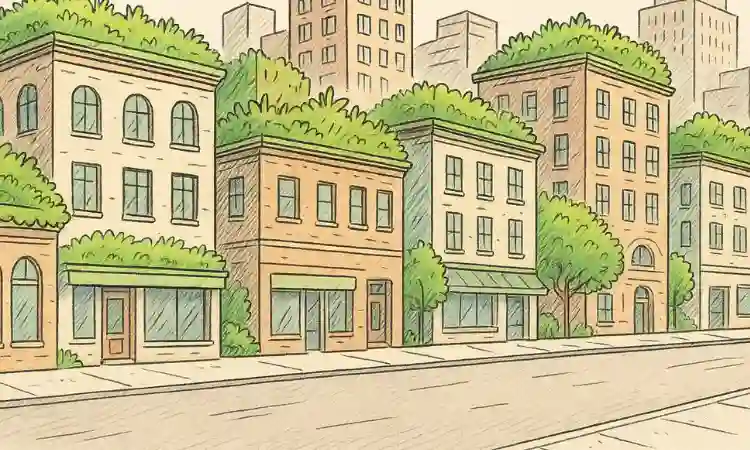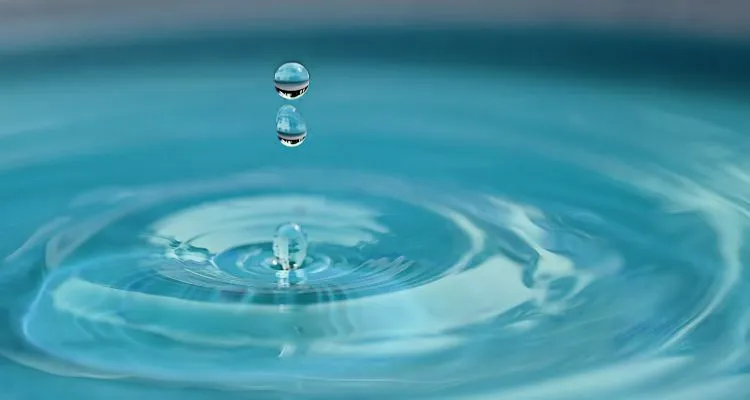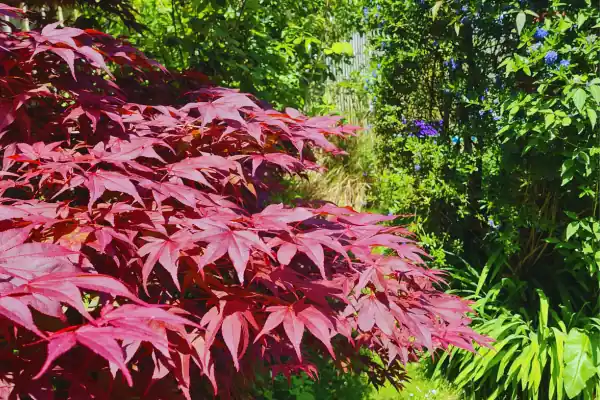Benefits of Green Roofs: Why They Matter
Green roofs stand as an innovative solution to environmental challenges in urban areas. These living rooftops, covered with vegetation, offer a wide range of benefits for both people and the planet.
Here we’ll cover the value of green roofs and why they are an essential component of sustainable urban development. We’ll also highlight the key considerations to make before pursuing a green roof, as well as some great examples of green roofs in practice.
The Key Benefits of Green Roofs
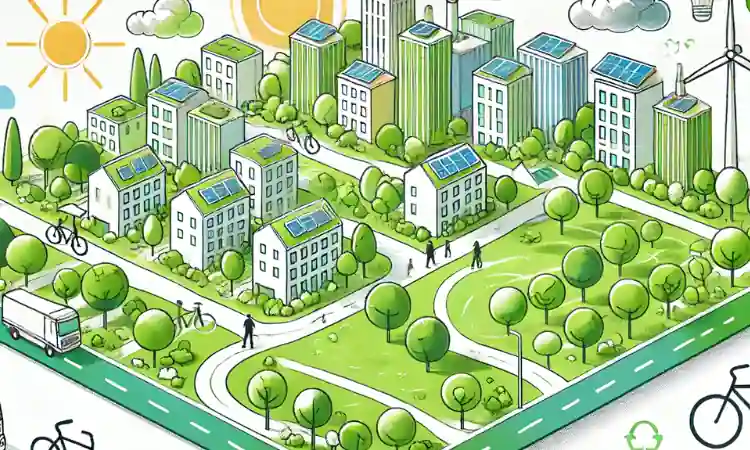
1. Enhanced Biodiversity
First off, the well established benefit of green roofs is to create habitats for birds, bees, butterflies, and other beneficial wildlife.
By providing food and shelter, they support urban biodiversity and contribute to ecosystem balance. Some green roofs are even specifically designed to support endangered species or native plant varieties.
2. Improved Air Quality
Green roofs help to reduce air pollution by filtering harmful particles and absorbing carbon dioxide.
The plants on green roofs capture pollutants and dust, improving overall air quality and making cities healthier places to live.
2. Reduction in Urban Heat Island Effect
Urban areas, particularly cities, tend to be significantly warmer than surrounding rural areas due to heat-absorbing concrete and asphalt.
Green roofs act as natural insulators, reducing rooftop temperatures and lowering the overall temperature of urban areas.
This cooling effect helps mitigate the urban heat island effect, making urban areas more comfortable, especially during heatwaves.
3. Stormwater Management
Heavy rainfall in can often leads to excessive stormwater runoff in urban areas, overwhelming drainage systems and causing flooding.
Green roofs absorb and retain rainwater, slowing runoff and alleviating pressure on urban drainage systems.
This natural water management system also helps to filter pollutants from rainwater before it reaches waterways.
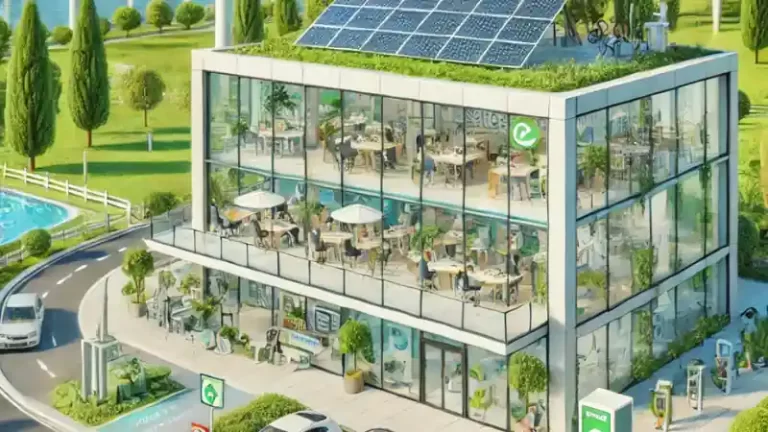
5. Reduced Energy & Carbon Use
Green roofs can be a fantastic insulating layer, helping to reduce energy consumption.
In summer, they keep buildings cooler, reducing the need for air conditioning. In winter, they provide an extra layer of insulation, minimising heat loss. This energy efficiency lowers carbon emissions and reduces reliance on fossil fuels.
6. Noise Reduction
Green roofs can act as natural sound barriers, absorbing and deflecting noise pollution.
In busy cities, this helps to reduce the noise impact of traffic, construction, and industrial sounds, creating a quieter and more peaceful environment.
7. Extended Roof Lifespan
Traditional roofs suffer from wear and tear due to extreme weather conditions.
Green roofs protect buildings from direct exposure to the elements, reducing temperature fluctuations and preventing damage. As a result, they extend the lifespan of roofing materials, reducing maintenance costs and waste.
8. Aesthetic & Mental Health Benefits
Green roofs create natural spaces in unexpected places, improving mental well-being and reducing stress. Studies show that access to green environments positively impacts mental health, productivity, and overall happiness.
Beyond this advantage, green roofs also enhance the visual appeal of buildings and urban areas.
Key Considerations Before Installing a Green Roof

While green roofs offer many benefits, there are some important factors to consider before installation:
Green Roofs at Scale
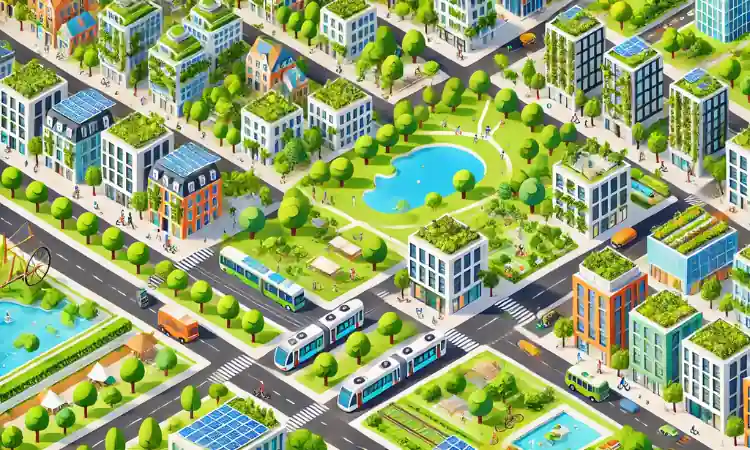
As the use of green roofs has become established, some cities have been able to develop fantastic examples of there use at scale:
Toronto, Canada
Toronto was the first city in North America to mandate green roofs on new developments (over 2,000m2), implemented through a by-law passed in 2009.
To support this further, the city offers financial incentives through the Eco-Roof Incentive Program to encourage both green and cool roofs.
This has led to hundreds of green roofs being installed, helping with stormwater management, reducing the urban heat island effect, and improving biodiversity.
Berlin, Germany
Berlin has a long history of integrating green infrastructure and offers subsidies for green roof installations.
The city provides financial assistance for 25% to 35% of project costs, as well as integrating green roofs into their urban planning strategies. In doing so, Berlin’s approach is supporting the city’s flood control and urban ecology.
Chicago, USA
Chicago has been a leader in green roofing since the early 2000s. In fact, the City Hall’s green roof has a green roof and has become a well established example to developers.
The city offers incentives through its Green Roof Grant Program and integrates green roofs into sustainable development guidelines.
As a result, Chicago now has over 500 green roofs totalling more than 5 million square feet, all acting to support city ecology and help tackle air quality challenges.
Green Roofs: Part of a Sustainable Future
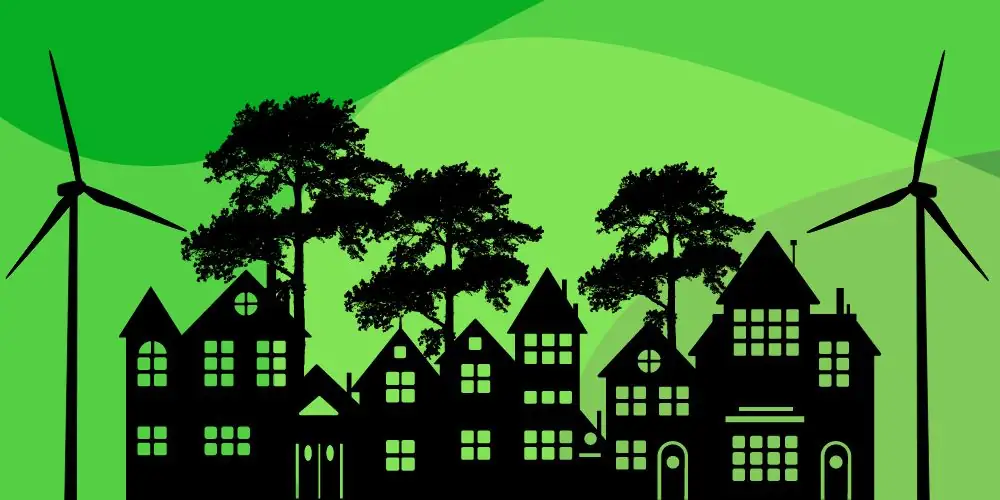
Green roofs offer numerous environmental advantages, from improving air quality and conserving energy to supporting biodiversity and reducing urban heat.
As cities continue to grow, adopting green roofs is a vital step toward sustainable urban development. By investing in green infrastructure, we can create healthier, more resilient communities while protecting the planet for future generations.
To support you further, we recommended you also check out the following related resources:
What Are Sustainable Cities? Key Features Explained
Urban Green Spaces: Sustainability Benefits & Challenges
Urban Rewilding: Overview & Examples
Urban Climate Impact: How to Adapt & Build Resilience
Lastly, we’d love to hear about your own thoughts on sustainable cities and any great examples you’ve come across. Let us know in the comments section below or through our social media channels, linked at the bottom of this page.

